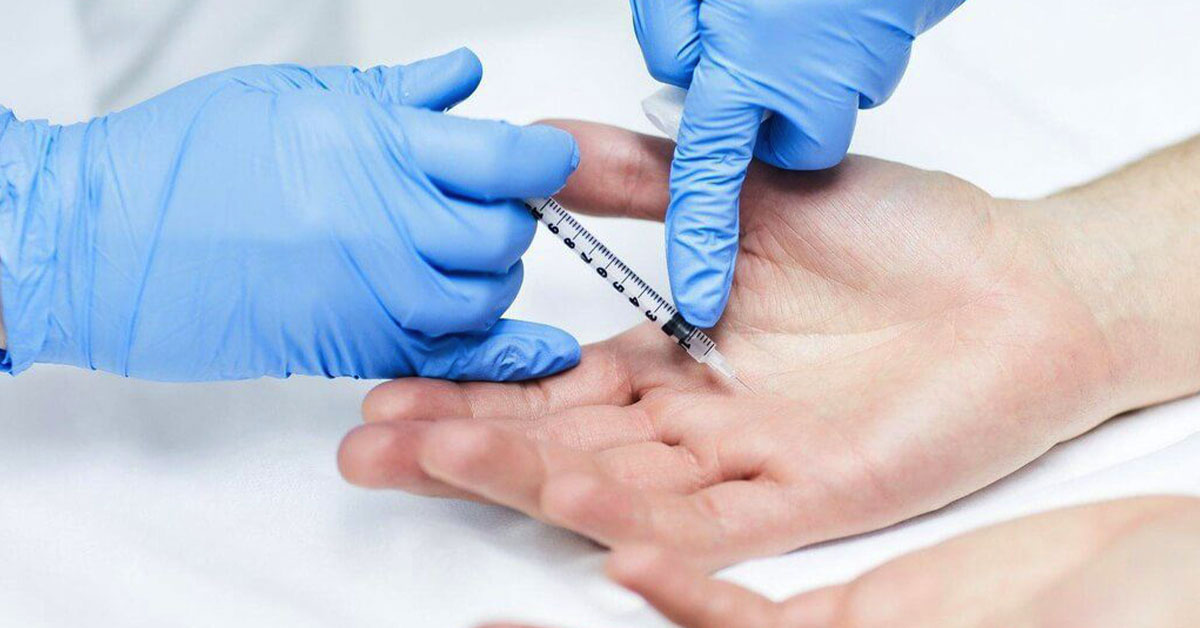Hyperhidrosis is categorized as either primary focal hyperhidrosis, where the excessive sweating is focused in specific body areas, or as secondary general hyperhidrosis, where the condition manifests in various unspecific body areas. In primary hyperhidrosis, the major affected body areas are the underarms, hands, feet, and torso. Certain people are genetically predisposed to hyperhidrosis, and others may have abnormally large sweat glands. Underlying medical conditions can also trigger hyperhidrosis, such as thyroid disorders or hormone changes that accompany pregnancy and menopause.
In cases where hyperhidrosis is a symptom of a different medical condition, it is often the best solution to treat the underlying cause itself, rather than the symptom. Medication or hormone regulation may fix this for such patients. For patients whose hyperhidrosis is not caused by these separate medical conditions, there are several other treatment options available. Prescription antiperspirant products that contain aluminum chloride may be enough to halt hyperhidrosis for some patients, but this must be applied daily, and is not as helpful in the areas such as the hands or soles of the feet. The most permanent solution is an endoscopic thoracic sypathectomy (ETS), which is a surgery that disrupts the nerves that cause sweating.


